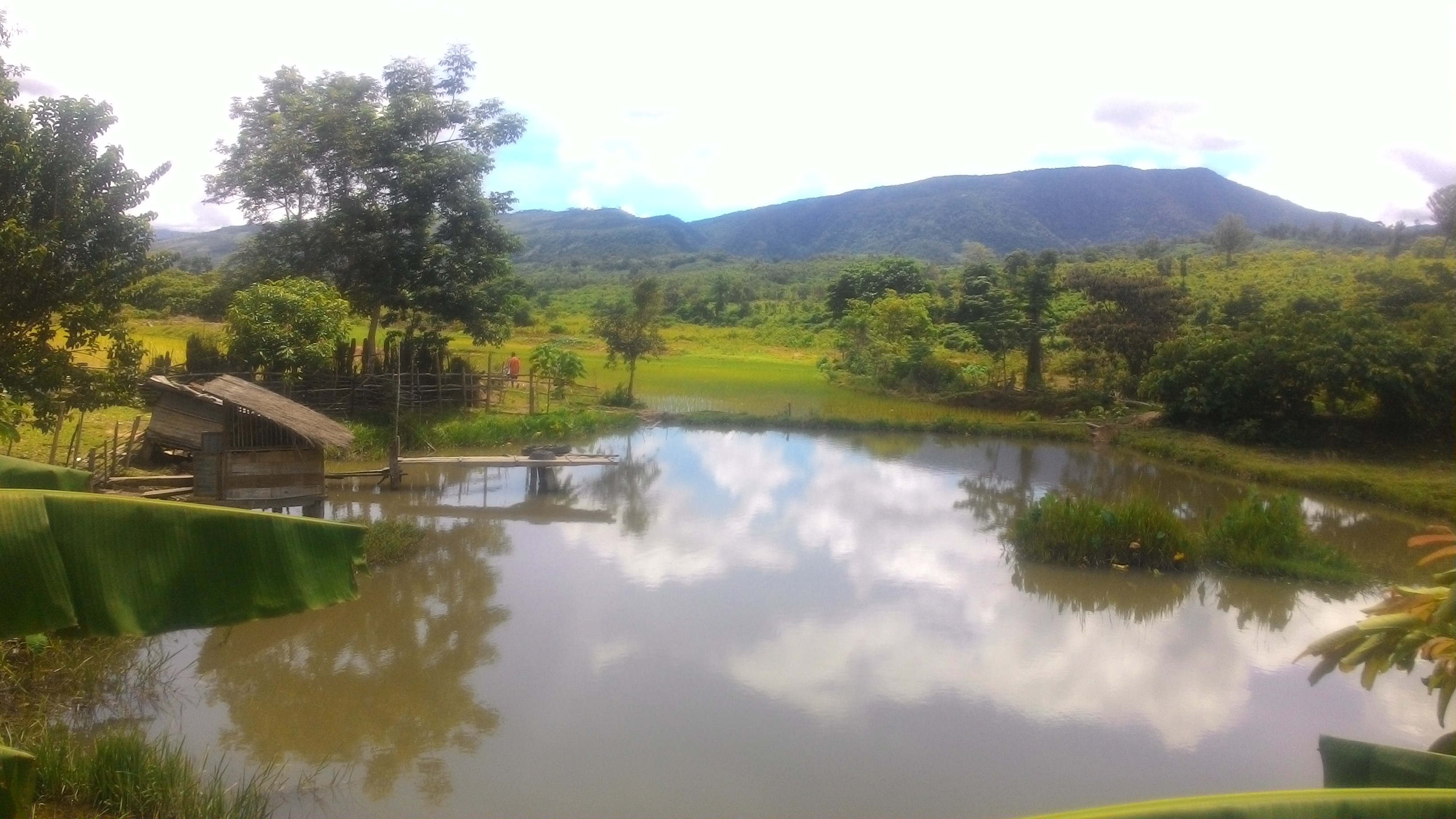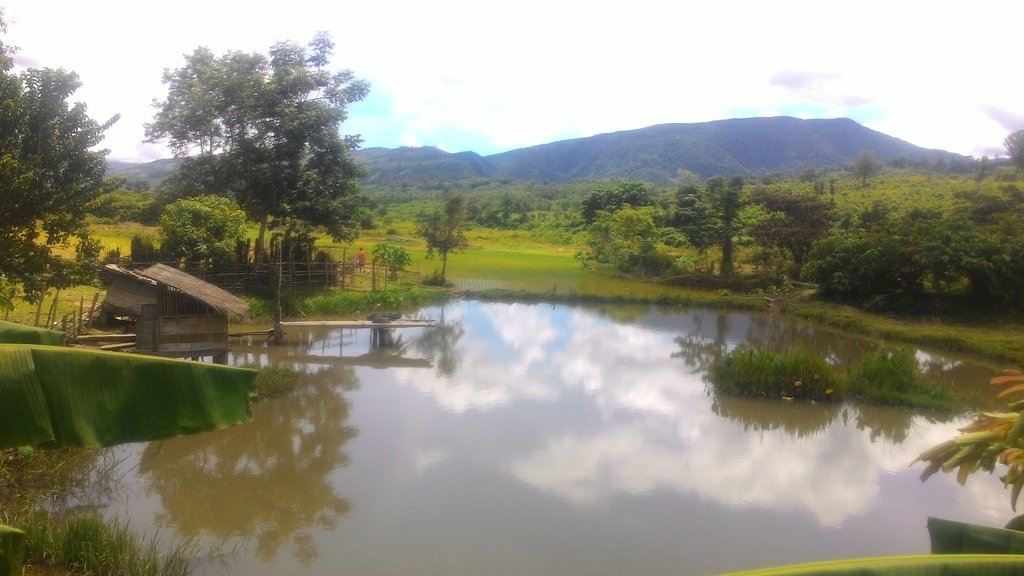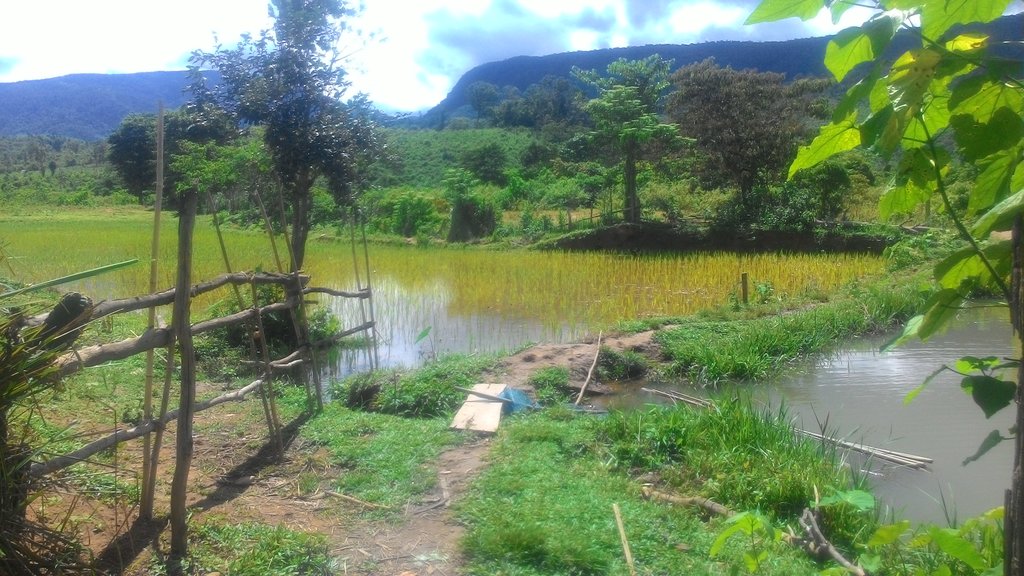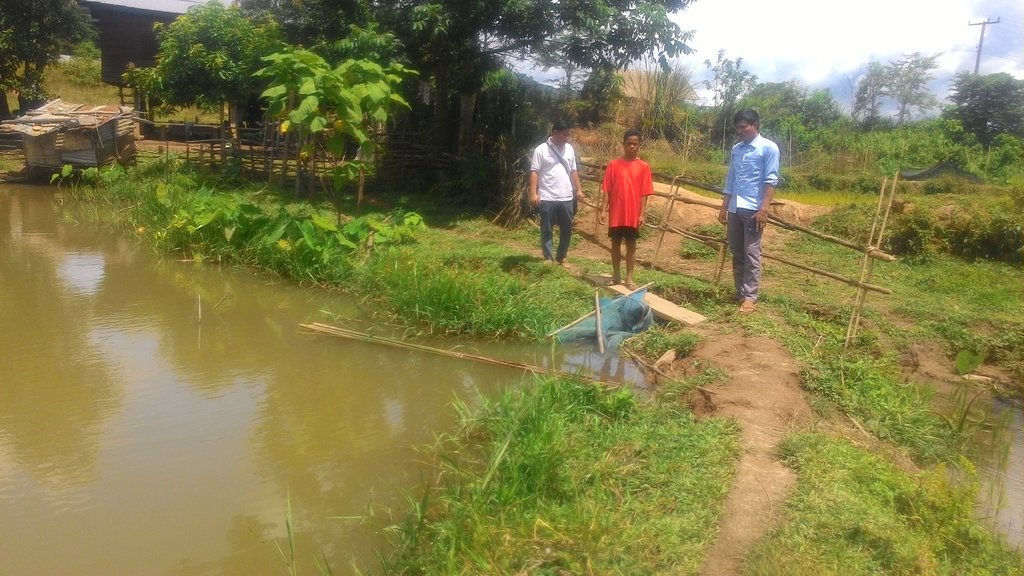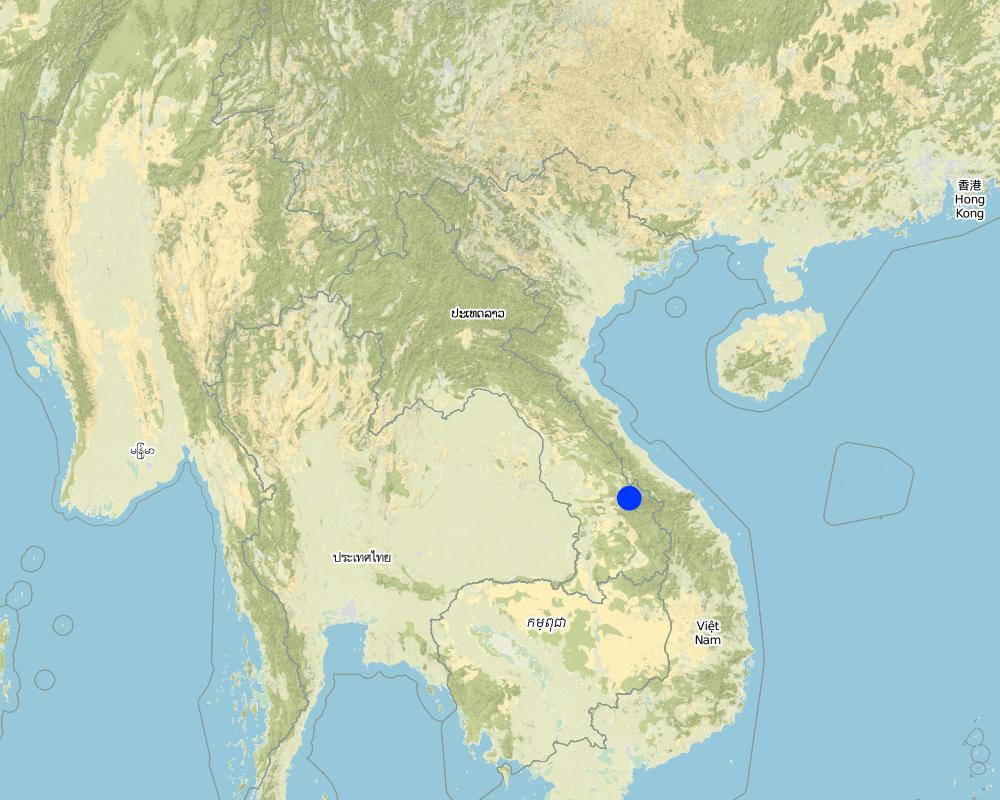Approaches
Using water from a fishpond for the cultivation of dry season paddy rice [Lao People's Democratic Republic]
- Creation:
- Update:
- Compiler: jimmy luangphithack
- Editors: Bounthanom Bouahom, Pasalath Khounsy, anousit namsena, kang phanvongsa
- Reviewers: Oulaytham Lasasimma, Stephanie Jaquet, Nicole Harari
technologies_2923 - Lao People's Democratic Republic
Completeness: 25%


